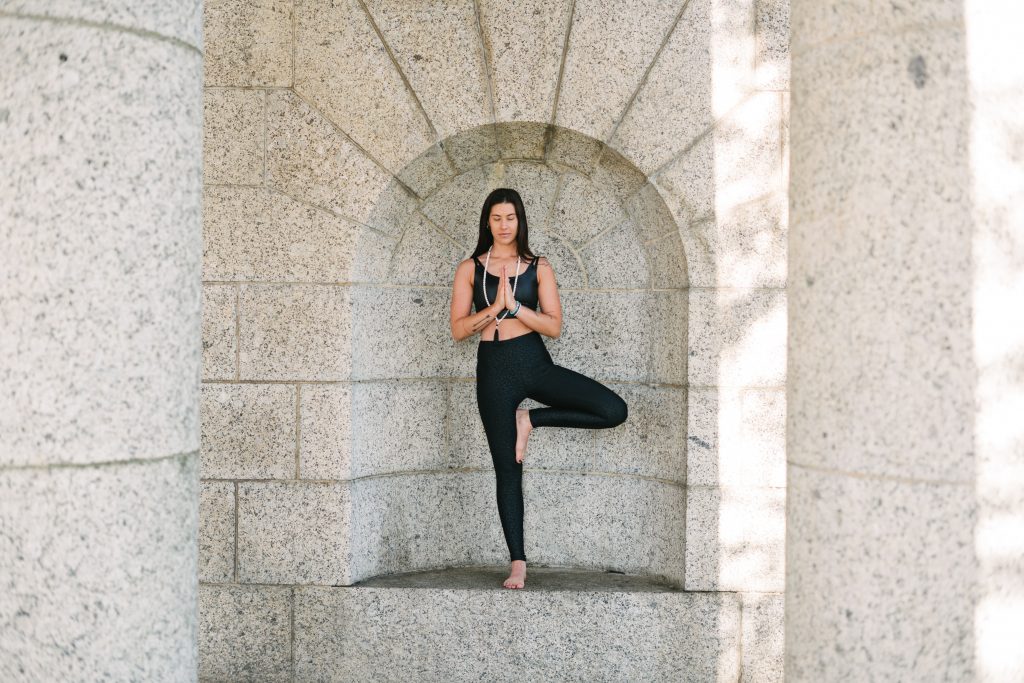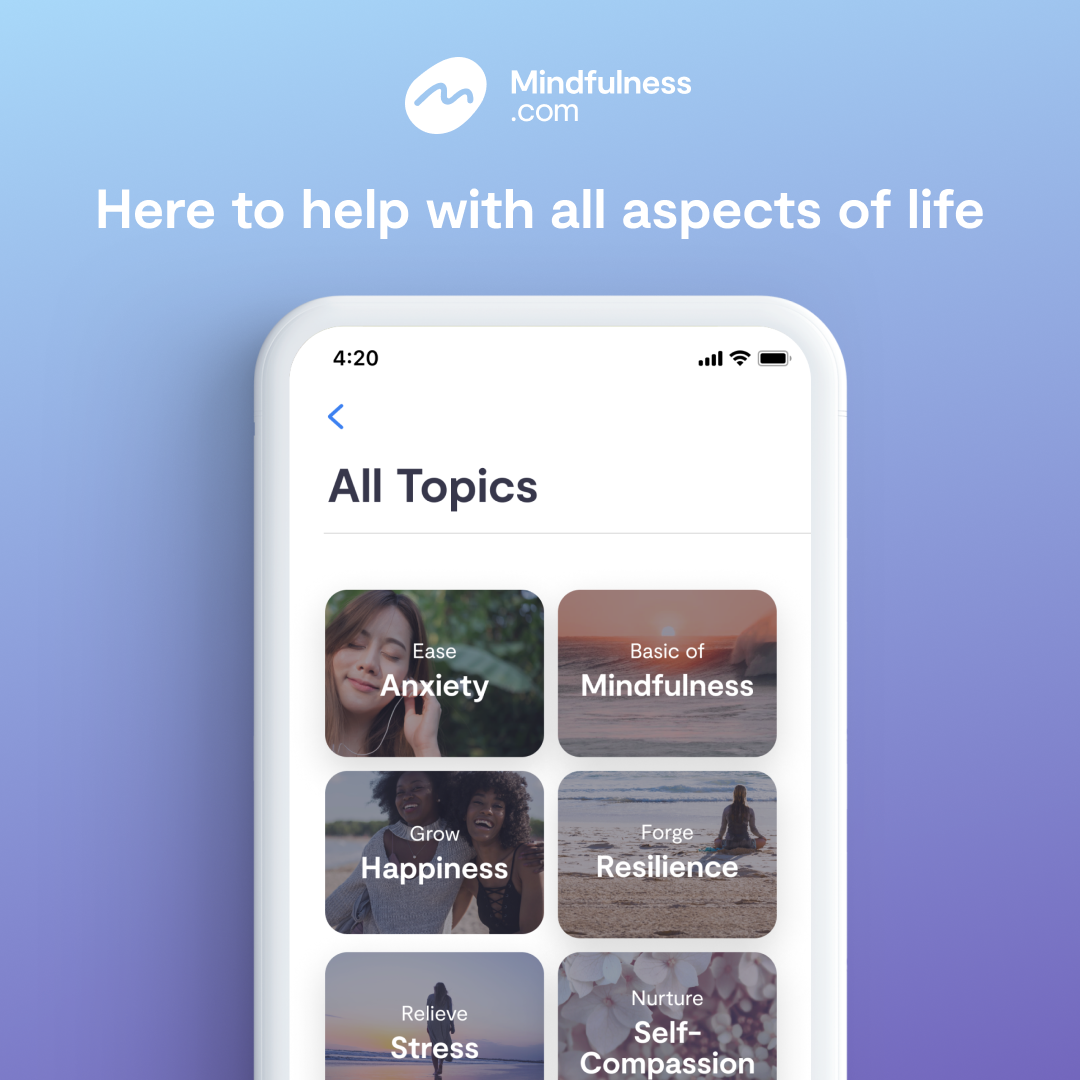
A Beginners Guide to Meditation: Cultivating a Sense of Inner Peace
Looking to get your mind right?
Welcome friends to this beginners guide to meditation. In our insanely fast-paced and digitally-driven world, finding moments of stillness and inner calm can seem darn near impossible. We can get so caught up with “tasking” and just “getting through the day”, that we lose track of “checking in” with ourselves. And by the time we even think about it, it’s time to get to bed, to do it all over again tomorrow.
However, learning how to meditate can offer a pathway to “tranquility” and self-awareness, allowing us to reconnect with our inner selves and bring a sense of peace into our lives. Meditation can help to improve focus, reduce anxiety and stress, boost our immune systems and so much more! (For more benefits click here.) Best of all, it’s not hard to do, and definitely gets much easier with practice. If you’re new to this and unsure where to start, this beginner’s guide to meditation will provide you with the essential steps and techniques to embark on your very own meditation journey.

Step 1: Create a “Serene” Environment
The first step in the beginners guide to meditation is finding a quiet and comfortable space where you can meditate without interruptions. Try to ensure that the room is well-ventilated and free from distractions. This is easier said than done for some, especially if you have kids or “fur babies.” It may mean finding a precious 10 minutes away from your kids or furry stalkers. I often go outside into a sunroom we have. You may want to light candles, play soft music, use some white noise, or incorporate other elements that create a soothing ambiance. Or simply listen to the breeze through the trees.
Here are a two great options for white noise machines to use for help with meditation. Click on the images for more information.
Step 2: Find a Comfortable Position
Sit in a position that allows you to be relaxed, yet alert. This can be cross-legged on a cushion, sitting on a chair with your feet flat on the ground. Try to maintain an upright posture to encourage an alert mind and prevent discomfort. There are even some cushions that are specially made just for meditation. This is helpful for those of us who were not blessed with a naturally cushioned “back end.” I keep one in my office at work.
However, if you are prone to falling asleep, you can also simply lay flat.
These are some good meditation pillow options, click the image for more information.
Step 3: Focus on Your Breath
Step three in this beginners guide to meditation is to focus on your breath. This is where the thinking about “not thinking” comes in. Close your eyes and try to bring your attention to your breath. Think about the natural rhythm of the way the air goes into your lungs and fills the space and then gets exhaled out. Allow your breath to be your anchor, guiding your attention away from distracting thoughts and back into the present moment.
That being said, it is 100% completely natural for your thoughts to “squirrel,” as I call it. You can find yourself doing well, “breathing in and breathing out”, and then suddenly you are wondering silly random things like… if you really did close the garage door. This is normal! Just calmly tell your mind, ” not now” and move back to your breath.
Step 4: Practice Mindfulness Meditation
You can begin with a mindfulness meditation technique. This one is always very interesting for me. To do this, try and direct your attention to the different sensations in your body, starting from the top of your head and slowly moving down to your toes. I am a giant sci-fi nerd so I almost envision a scanning light going from the crown of my head and working its way down. Notice any areas of tension or discomfort and try to consciously “release” them, allowing your body to relax. You would be surprised where you hold tension in your body.
Step 5: Cultivate Mental Stillness
This is the hardest step for my in this beginners guide to meditation.
Trying to quiet the mind.
I often try to think of a clean whiteboard and see how long I can focus on that. As thoughts arise, acknowledge them without judgment and gently let them go. Return your focus to your breath or the sensations in your body. This is where the practice REALLY comes in for me. I am a “Type A” over-thinker and learning to “quiet” my mind has been a journey, but one that has been well worth it. Over time, you’ll develop the ability to observe thoughts as passing phenomena, without becoming entangled in them.

Step 6: Explore Guided Meditations
Guided meditations can be beneficial, especially for beginners. These are recordings or apps, like “Mindfulness”, that provide verbal instructions and gentle guidance throughout your meditation practice. It has different categories that you can choose from like Stress Relief, Sleep, Focus, and even “Relationships & Intimacy.” You can pick from a variety of different teachers to find someone who “speaks” to you. They often incorporate soothing music or nature sounds, making it easier to stay focused and relaxed. These always seemed to help me starting out and I use it to this day. They have options where you can even listen before bed and just drift to sleep afterwards.
Click the link below to try it out and get an exclusive discount from Empowered Well Being 🙂

Step 7: Gradually Lengthen Your Sessions
When beginning with meditation, start with shorter sessions, around 5-10 minutes, and gradually increase the duration as you become more comfortable. Aim for simple consistency rather than length in the beginning. It’s better to meditate for a few minutes every day than for a longer time sporadically.
Step 8: Incorporate Different Techniques
As you become more experienced, explore various meditation techniques to find what resonates with you. These may include loving-kindness meditation, visualization, mantra repetition, or body scan meditation. Experiment with different approaches to discover what brings you the most profound sense of peace and connection.

Step 9: Embrace Patience & Non-Judgement
Meditation is a practice, and like any skill, it requires patience and consistency. Avoid judging your meditation sessions as “good” or “bad.” Instead, approach each session with an open mind and a compassionate attitude toward yourself. Understand that the mind naturally wanders, and the practice is about gently guiding it back to the present moment. Give yourself some grace. Learning to quiet your mind can be very challenging, especially for those of us who are “type A” or have a naturally overactive mind, like ADHD. But the benefits are well worth the effort.
If you would like more information on holistic approaches for ADHD click here.
Step 10: Integrate Meditation into Daily Life
Extend the benefits of meditation beyond your formal practice by incorporating mindfulness into your daily activities. Bring awareness to simple actions like eating, walking, or even washing dishes. You would be surprised at how much this simple act can help to improve your focus and help alleviate anxiety. Engage fully in each moment, savoring the experience and cultivating a sense of gratitude and presence.

Embarking on a meditation journey can be both transformative and very rewarding in so many ways. By following these essential steps and techniques, you can begin to help alleviate your stress, focus your mind and cultivate inner peace. Remember to show yourself some Grace, be patient with yourself, and enjoy the journey.

- Soothing Seasonal Allergies with Honey
- Probiotics for Seasonal Allergies: Find Relief
- Top Places to Practice Mindfulness Outdoors & In
- Mindfulness Benefits for ADHD Management
- Daily Mindfulness: How to Practice Throughout Your Day
*Hey there! Just a heads up, some of the links I share in my articles might be affiliate links, which means I might earn a small commission if you decide to make a purchase through them.*












One Comment
https://israelnightclub.com/apartments/דירות-דיסקרטיות-בבאר-שבע/
Im very pleased to uncover this site. I want to to thank you for ones time due to this wonderful read!! I definitely liked every little bit of it and I have you book marked to check out new information in your blog.